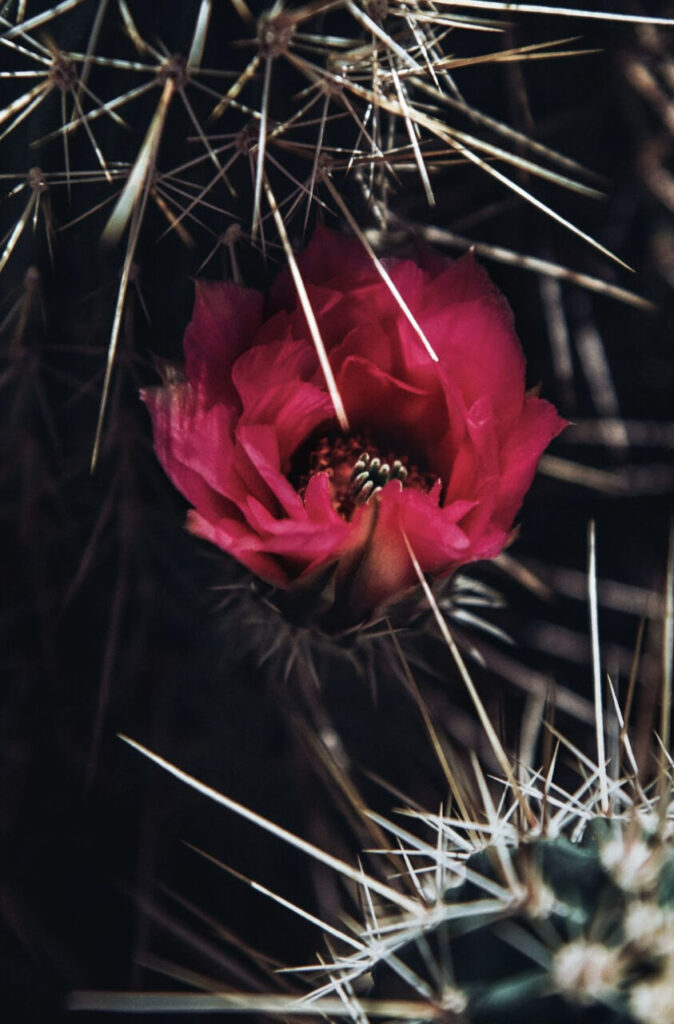Your lawn is an inescapable part of your home’s “curb appeal”. Like it or not, its appearance will shape the opinion of prospective home buyers, your neighbors, and, not to forget, your HOA or other interested parties.
Recently, a Reddit user shared what they are doing with their own lawn, posting the following, along with an image of their yard.
Can’t wait for spring!! Going to expand quite a bit this year, including making the pollinator garden 50% larger if I have enough energy. The goal is to reduce the lawn by another 800 sq ft or so this year.”
This is not the ravings of an avid grass hater…if you were part of the r/nolawns community on Reddit, you’d be in agreement with the statement on their “about” section: “r/nolawns is a place for people to get inspiration for alternatives to “boring grassy lawns.”
However, they’re not entirely against lawns; the posters in this subreddit, as part of an effort to help offset the economic impact that lawncare has on the environment, share tips and ideas on how to cut the cost of maintaining their grassy fields.
If you like the idea of never mowing again, you could take the philosophy of the poster to the next level and create an entirely xeriscaped lawn.
However, if you still want to see some of that beautiful, manicured lawn when you look out your kitchen windows, then keep reading for some tips on managing a lawn more efficiently.
The importance of efficient lawn management
Managing your lawn more efficiently involves choosing the right plants, and watering effectively, two things which help both the environment, and your pocketbook.
When you use efficient lawn management practices such as xeriscaping and choosing drought-tolerant grass varieties it frees up funds for other important aspects of homeownership, such as mortgage payments, home improvements, or savings for the future.
Plus, conserving water demonstrates your commitment to environmental sustainability and helps address the growing concern of water scarcity.
Save time and energy with low-maintenance lawns
As a homeowner you’re juggling multiple responsibilities. Maybe that’s one reason why the Reddit user opted to reduce his/her lawncare responsibilities by replacing some of their lawn with native flora.
By opting for alternatives like native plants, wildflower meadows, or artificial turf, you can significantly reduce the time and energy spent on lawn care tasks.
Imagine having more leisure time to pursue your hobbies, spend quality moments with loved ones, or simply relax and recharge. A low-maintenance lawn provides you with the freedom to enjoy your homeowner experience without being tied down by constant upkeep.
Impacting your environment
As a homeowner, you have the power to make a positive impact on your little piece of the environment. The use of chemical fertilizers, pesticides, and excessive amounts of water in traditional lawn care practices can all have a negative impact on nearby ecosystems and rivers.
By using more environmentally friendly lawn management techniques, such as water conservation and natural pest control treatments, you’ll not only save money and time, you’ll minimize the impact you have on the environment.
Next, we’ll go into more detail about the efficient lawn management techniques you can start using, today.
Water-Saving Techniques
Water conservation is a key aspect of efficient lawn management. Here’s how to reduce the water you need for your lawn.
- Choose drought-tolerant grass varieties that need less water.
- Use watering strategies such as deep watering and timed irrigation, to help water to reach the roots.
- Add smart irrigation systems or rainwater harvesting systems to optimize water usage.
- Add mulch to your garden beds to retain soil moisture and reduce evaporation.
Other low-maintenance lawn solutions
Maintaining a pristine lawn doesn’t have to be a time-consuming endeavor. Explore these low-maintenance alternatives:
- Native plants and wildflower meadows not only require minimal maintenance but also support local ecosystems and attract pollinators.
- Artificial turf or synthetic grass provides a consistently green and lush appearance without the need for watering, mowing, or fertilizing.
- Gravel or rock gardens offer a stylish and low-maintenance option that requires minimal upkeep and can be personalized with unique decorative elements.
Connecting with nature through gardening
Gardening is an excellent way to get in touch with nature and personalize your outdoor space. Here are some quick tips to help you begin your gardening journey:
- Start with container gardens or vertical gardens, which are perfect for small spaces like balconies or patios.
- Explore herb gardens or kitchen gardens to enjoy fresh, homegrown flavors in your meals.
- Create flower gardens or butterfly gardens to attract beautiful winged visitors and enhance the visual appeal of your lawn.
- Remember to choose suitable plants for your climate, understand basic gardening techniques, and use natural fertilizers to nourish your garden.
We hope you’re encouraged to find ways to manage your lawn more efficiently, and that we’ve provided some ideas that you can start to put into effect now.
Using Rock to Enhance Your Landscaping



One Response to “The No Lawn Movement: Is it Right for You?”